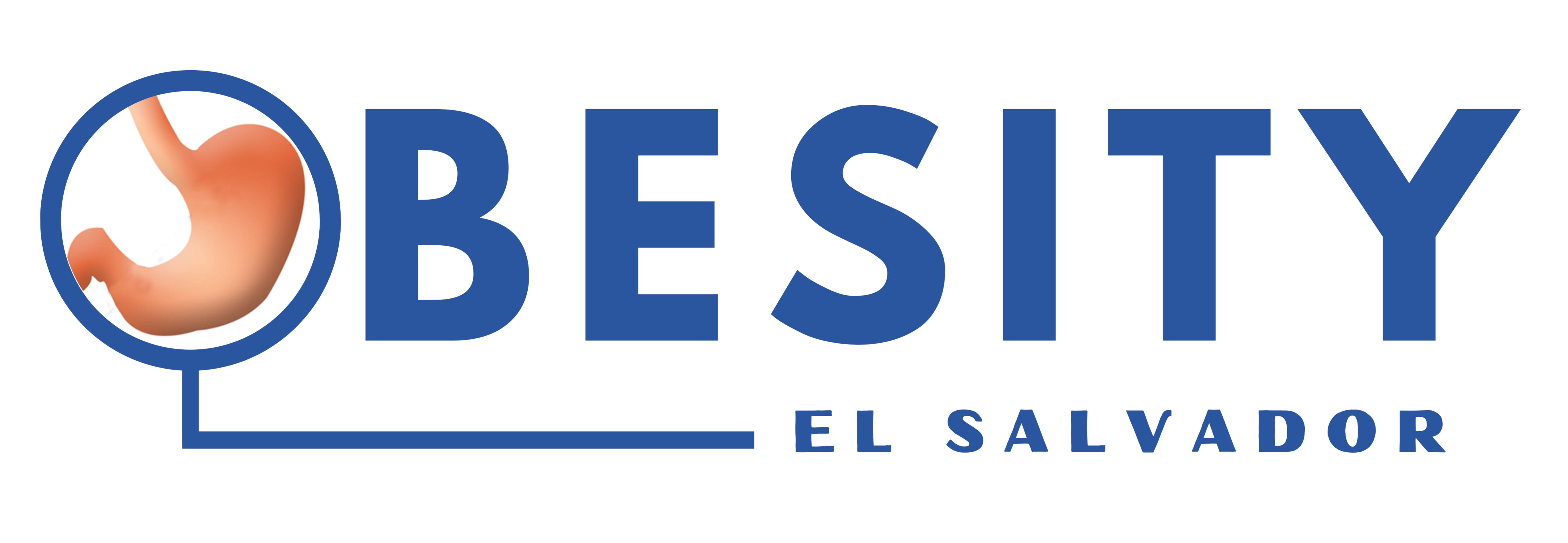With aging or other conditions, the fat that is under the skin in the subcutaneous tissue gradually disappears, especially in the face and hands. The changes in the face of the person such as sunken eyes, and lack of definition in cheekbones and jaw angle, are produced by the lack of volume by the disappeared fat, and its consequent flaccidity of tissues.
To solve these problems, such as the lack of development or volume of cheekbones, chin or buttocks, and absence of waist and contoured hips, we use liposculpture or fat filling. It is used both for aesthetic and reparative purposes, avoiding the use of synthetic materials that can produce a foreign body reaction and rejection. This technique achieves stable and long-lasting results by preventing the fat from being absorbed in the long term.
Aesthetic: augmentation of the chin, cheekbones, buttocks, body depressions, and cellulite of the hips and buttocks after bariatric surgery; correction of the back of the nose, ears.
Reconstructive: correction of depressed or dystrophic scars, and soft tissues after tumor resection, sequelae of accidents, or liposuction..
The type of anesthesia to be used depends on the area to be operated and the volume of fat to be removed and redistributed. This can be local or regional anesthesia with sedation if it is not very extensive, and general anesthesia if it is extensive and affects different areas.
Liposculpture is a surgical technique that consists of adding volume or redistributing fat from the same person (autologous fat) in different areas of the body as a filling material to restore or remodel the body contour. Small incisions are made that are hidden in the fold areas or minimal tension lines. The position of the patient as well as the surgical time depends on the volume of fat to be removed and filled.
The postoperative hospital stay is usually 24 to 48 hours. Usually, no special postoperative care is required. It may be necessary to use an elastic compression garment in the areas of fat extraction and adopt certain positions depending on the anatomical area filled.
The results obtained with autologous fat grafting are very satisfactory, both in aesthetic and reparative cases, in small and large quantities. Due to the versatility of the technique and the long-term durability of the volume obtained, we consider that autologous fat tissue meets all the requirements to be the method of choice for the treatment of volume loss or the remodeling and repair of different parts of the body. The results can be appreciated after one month from the intervention and the final results can be seen after one year..

